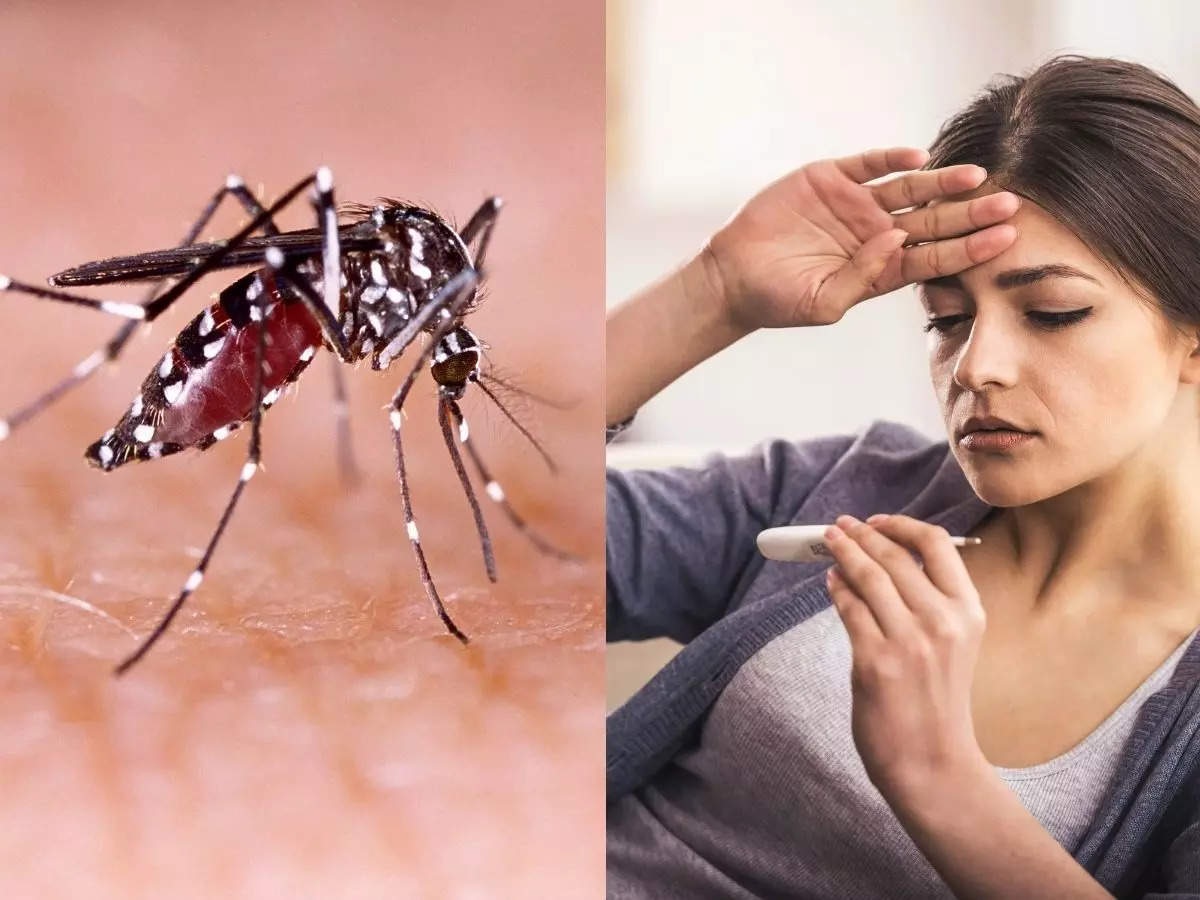The cardiovascular system is most important function in the human body. In addition to the function of supplying oxygen and nutrients to cells throughout the body through blood circulation, the body also functions to eliminate waste products from the body and carry out the body’s metabolism. The blood flow itself is very long and can cover a length of up to 100,000 kilometers by itself. There are many diseases that affect the cardiovascular system, including the heart, blood vessels, or a combination of both. Medicine for cardiovascular disease must always be prescribed by a doctor.
One of the many diseases that affect the cardiovascular system is endoleak. Endoleak is the leakage of blood outside the stent graft and within the aneurysm sac. To understand exactly what an endoleak is, it’s best to understand a little more about what an aneurysm is. An aneurysm is a bulge that weakens the wall of a blood vessel. This is dilation of blood vessels caused by weakening of the arterial lumen. Aneurysms can occur in many places in the body, but the heart is most commonly affected. An aortic aneurysm is an aneurysm that connects to the heart. Aortic aneurysms affect the largest blood vessel, the aorta. Most aortic aneurysms are unlikely to cause any symptoms. In fact, aortic aneurysms are usually discovered accidentally when a person complains of abdominal pain or discomfort. A pulsating sensation in the abdomen may be a sign of an aortic aneurysm. The best way to determine if you have an aortic aneurysm is to have regular exams. Once an aortic aneurysm is diagnosed, doctors usually monitor intact aortic aneurysms and provide preventive treatment.
For large or rapidly growing aortic aneurysms, doctors may perform a surgical procedure such as endovascular aneurysm repair (EVAR), which uses a catheter to place an endovascular graft. Endovascular grafts are stent grafts in the form of tubes that support the inside of the aortic wall. This helps relieve pressure on the aneurysm. Treatment of aortic aneurysms is important because rupture can cause immediate death. It is estimated that approximately 40% of ruptured aneurysms die within the first 24 hours.
Endoleaks are a common complication after EVAR procedures. Endoleaks occur when blood around the stent graft leaks into the aneurysm. In most cases, endoleaks do not cause any symptoms and are usually discovered only after a follow-up visit by the surgeon immediately following the EVAR procedure. Endoleaks can have a variety of causes, including the graft or the vessel itself. Broadly speaking, there are five types of endoleaks, but type 2 is the most common, in which pressure in blood vessels that branch off from the aorta increases, allowing blood to return to the lower-pressure aneurysm sac. I’ll make it. The other four types of endoleaks are:
Type I – Leakage occurs at both ends of the stent-graft or components overlap due to poor sealing. • Type III – Leakage due to stent-graft defects such as: B. Holes in the fabric or separation between components.
Type IV – Leakage through stent-graft pores.
Type V – Known as lining, it is not a leak but is a condition in which the aneurysm sac continues to enlarge despite no evidence of leak.
Treatment for endoleaks depends on the type of endoleak. Generally, the goal of treatment is to prevent blood from flowing into the aneurysm and causing it to rupture. Treatments range from careful observation by your doctor to surgery to correct the endoleak. In some cases, a new stent graft may be required after endoleak treatment.
It can be concluded that endoleak is the most common complication after EVAR procedure. It is important to treat endoleaks because if they are not treated, the EVAR procedure will be meaningless and the aneurysm will likely rupture, resulting in immediate death. The best way to find out if you have an aneurysm is to have regular checkups. To reduce your risk of developing an aneurysm, it is best to take the following precautions: B. Quit smoking and get treatment for high blood pressure. A healthy lifestyle, including a healthy, balanced diet and regular physical activity, can further reduce the risk of an aneurysm. People at high risk for an aneurysm are: People with a family history of aneurysm disease or connective tissue disorders such as Marfan syndrome or Ehlers-Danlos syndrome should always discuss what they can do to prevent aneurysm rupture and have regular aneurysm screenings. Should.

